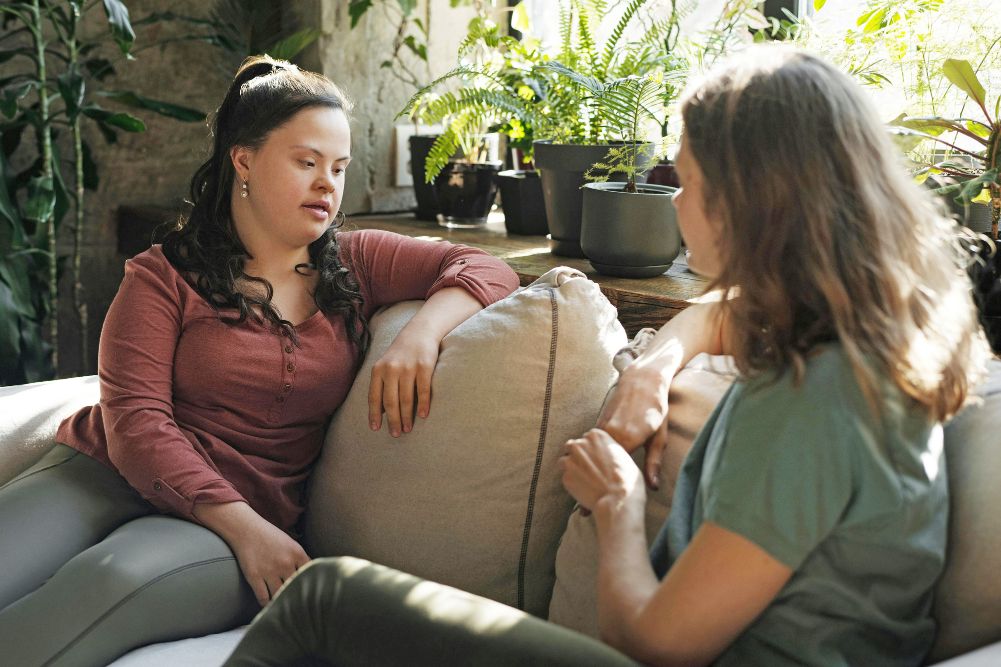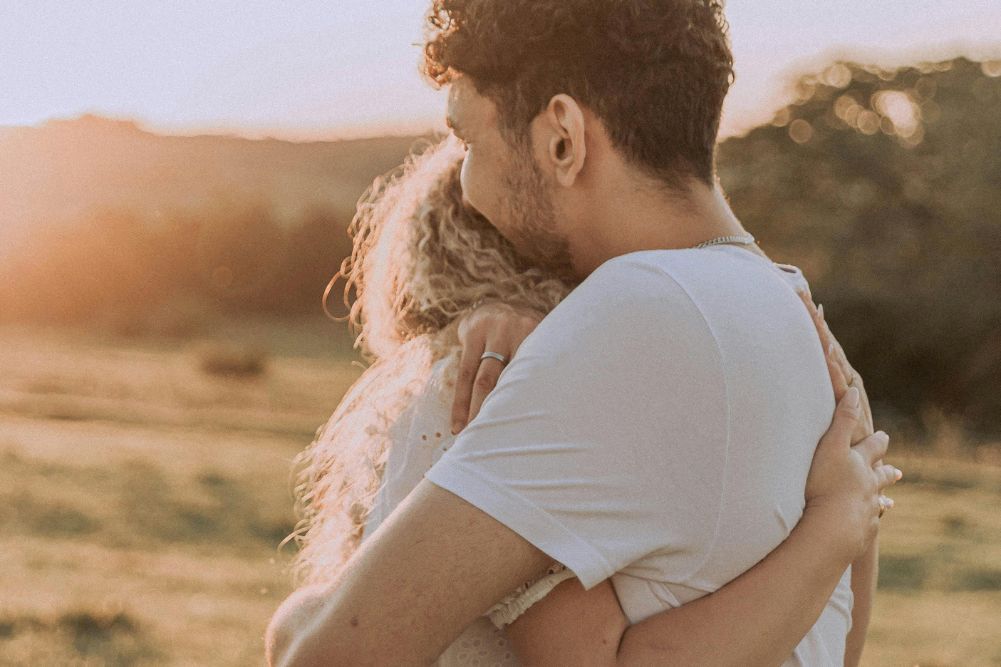Stressbusters! Techniques to calm and refresh you
 Did you know that the way you breathe controls your thoughts and emotions? When you are stressed you breathe much shallower and when you are calm the breathe is deep into your stomach and reverberates through your whole body to make you calm and centred.
Did you know that the way you breathe controls your thoughts and emotions? When you are stressed you breathe much shallower and when you are calm the breathe is deep into your stomach and reverberates through your whole body to make you calm and centred.
This week I would like you to learn how to breathe properly. You can use this technique anywhere as long as you will not be disturbed. Sit down in a comfortable position with your back straight. It will take a minimum of 20 minutes to do this so make sure no one is going to disturb you. The first five minutes of this exercise are usually spent getting comfortable despite our best intentions to sit still. Make sure you are warm enough also as you will get cooler as you start to relax due to decreases in heartbeat and blood pressure etc.
This relaxation technique is also a meditation. At first you will have maybe some distracting thoughts and emotions. Let them come and go. Do not push them away. Simply tell your mind that you will address the issues later. And remember to make a time later in the day to do so. Any suppression of a thought or emotion only makes it go underground to emerge later in a more powerful form.
The last few minutes of your 20 minutes you may actually get some quality relaxation time. That is why a minimum of 20 minutes is important when you are just starting.
 Now concentrate on your breathe going in and out of your nose. That is all you need to do. This method is called Vipassana and is practiced by many Buddhists. It is very simple yet powerful for quietening your mind. When your mind is quiet often it will throw up disturbing thoughts and emotions concerning issues that need to be addressed. It is very important we do so – later.
Now concentrate on your breathe going in and out of your nose. That is all you need to do. This method is called Vipassana and is practiced by many Buddhists. It is very simple yet powerful for quietening your mind. When your mind is quiet often it will throw up disturbing thoughts and emotions concerning issues that need to be addressed. It is very important we do so – later.
The first stage of this exercise is to watch the breath go in and out. Every time your mind wanders just bring it back to your breath. The second stage is to watch the air actually going up your nose and exhaling. The third stage is to concentrate on the point at the end of your nose where the breath actually touches the nostrils.
Meditation needs to be done on a daily basis to set up a habit. The habit of being calm. It needs to be done at the same time, if possible, every day for the same reasons.
This method of watching the breath can be very calming once you have acquired the skill of doing it properly. Our breath will tell us a lot about how we feel. It will increase when we are anxious or upset. It will slow down when we meditate. Everyone can meditate. If you are having problems meditating it is because you have not learnt the right technique to suit YOU. Yes, that’s right. We all have different temperaments so the technique we learn has to suit our temperament. That is why in my course I teach 5 different techniques.
If you are a very active person you may find that meditating in the morning does not suit you. You may need to go for a run first. Or you may find you relax best in that half hour between work and coming home. Everyone is different and you need someone who can help you pick the right relaxation technique for you and give you a variety of techniques to choose from.
There are many meditation techniques and I tend to concentrate on 5 as I have found most people seem to settle well into one of these. The first is focussing on chakras, second is creative visualisation, Yoga Nidra which is a muscle relaxation of the body for those constantly tensed up (some even when sleeping), mantras are a good way to focus someone who is left brained and the fifth form I use is showing people how to drop the association they have with the different issues they have in life – this one is a little more advanced than the others.
With practice you can use relaxation and meditation techniques to not only release the tension from your body but also mentally and emotionally. It will also assist in healing your energy as it will flow better. This means you will feel less stressed, tired or depressed. The more you practice the quicker you will be able to transport yourself to that state of mind and return to your activities feeling relaxed and refreshed. Try it! You will be surprised at the difference 20 minutes can make to your life.







